Ken Geiger’s image of Grand Teton and the eclipse is beautiful.
Is it art? A composite? Photoshop? Multiple exposures, shot with different lenses in different directions at different times of day on two different frames? An impossible scene? I suppose “illustration” is the best description. Whatever it is, it’s gorgeous, but it’s certainly not photojournalism. It’s not reality, but the artist defines it as art and intends it to transcend reality.
Category: Ethics
-
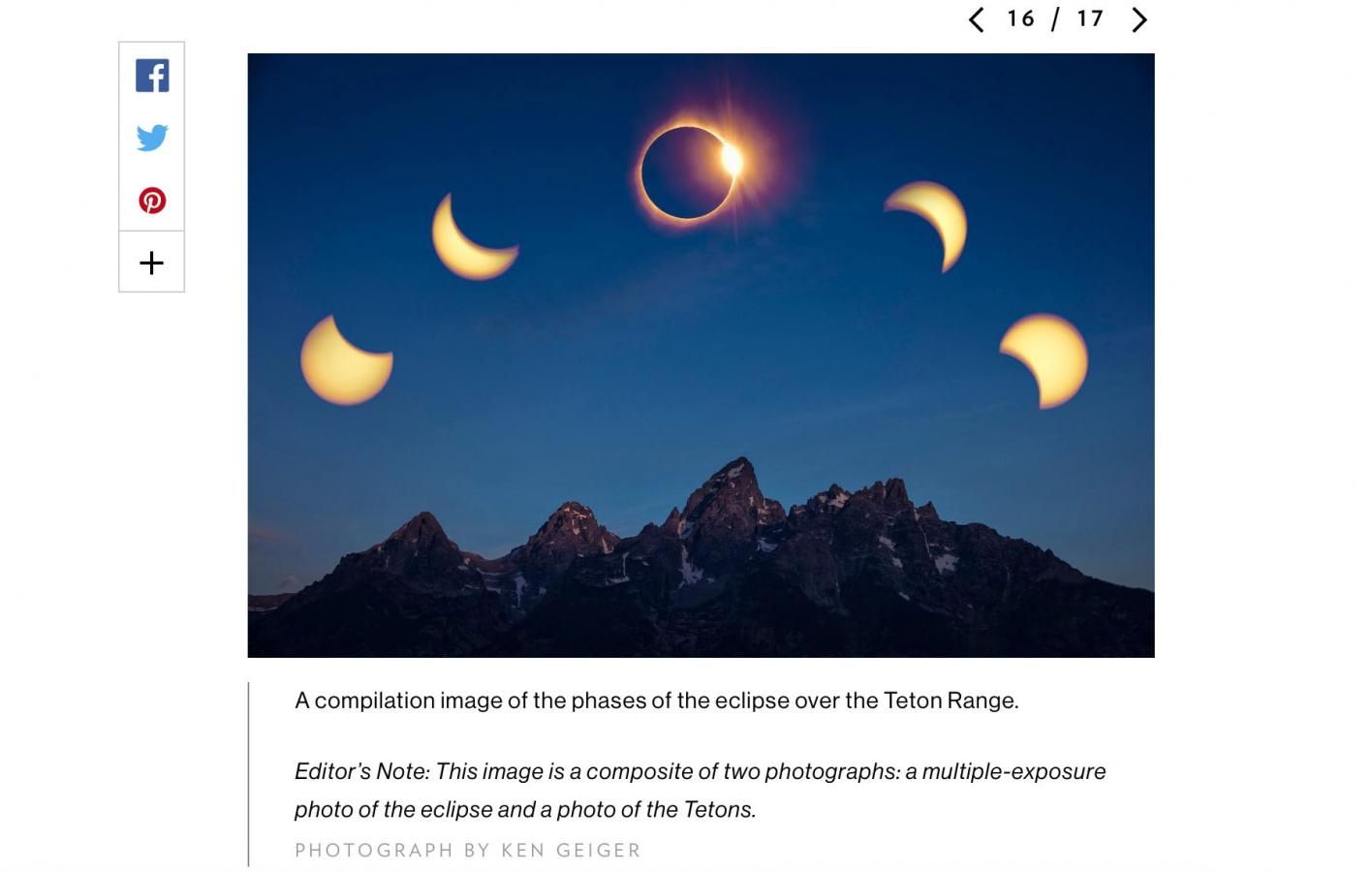
Eclipse Composite Photo is Beautiful, But Not Real | NPPA
-
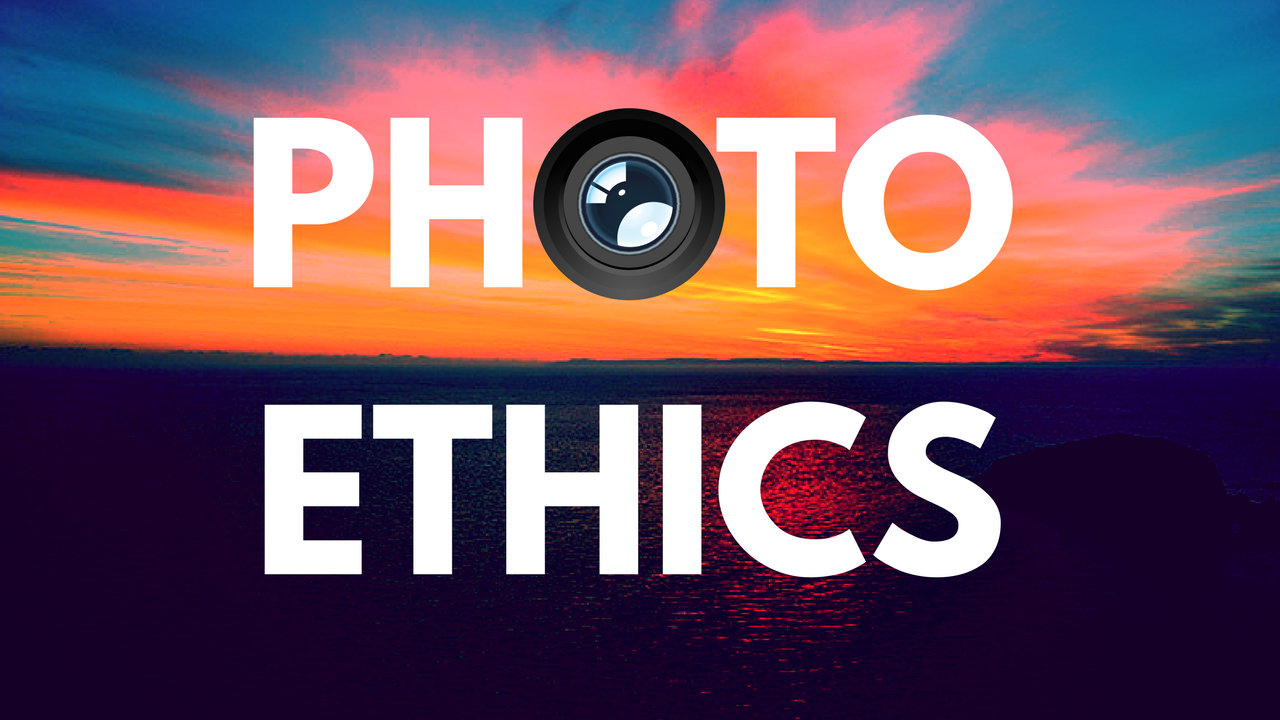
Lessons from the Nat Geo eclipse photo dustup – Poynter
Lessons from the Nat Geo eclipse photo dustup – Poynter
From person-to-person coaching and intensive hands-on seminars to interactive online courses and media reporting, Poynter helps journalists sharpen skills and elevate storytelling throughout their careers.
via Poynter: https://www.poynter.org/ethics-trust/2017/lessons-from-the-nat-geo-eclipse-photo-dustup/
Every news organization can take a lesson from this dustup. Ask: Are we doing enough to explain how we do our work? It is a good time to think over the ways we skirt full disclosure, the way local TV uses “as-live” videos to trick viewers into thinking a reporter is live on the air when they aren’t. There are plenty of people who accuse dutiful journalists of producing “fake news.” We shouldn’t do anything that gives oxygen to those incendiary accusations.
-

Is This Eclipse Image #FakeNews? – PhotoShelter Blog
Is This Eclipse Image #FakeNews? – PhotoShelter Blog
Much ado about nothing or a serious ethical breach of photojournalistic norms? A debate emerged on Facebook when freelancer and Pulitzer Prize winner Ken Geiger’s image appeared in the National Geographic Instagram feed and in a slideshow on the NatGeo website. The image was a composite of multiple images created in-camera that resulted in an…
via PhotoShelter Blog: https://blog.photoshelter.com/2017/08/eclipse-image-fakenews/
The Denver Post’s Senior Editor for Photography and Multimedia Ken D. Lyons said, “I was seeing an image glorified and applauded by people that I greatly respect. It was being called the greatest image of the day.” Lyons explained that even some professional photographers – arguably some of the most visually sophisticated people – were being fooled into believing this was a real scene, and they hadn’t captured it. Lyons said, “The advice I provided was they simply can’t compete with a manufactured work of art, which is what I feel it is.”
-
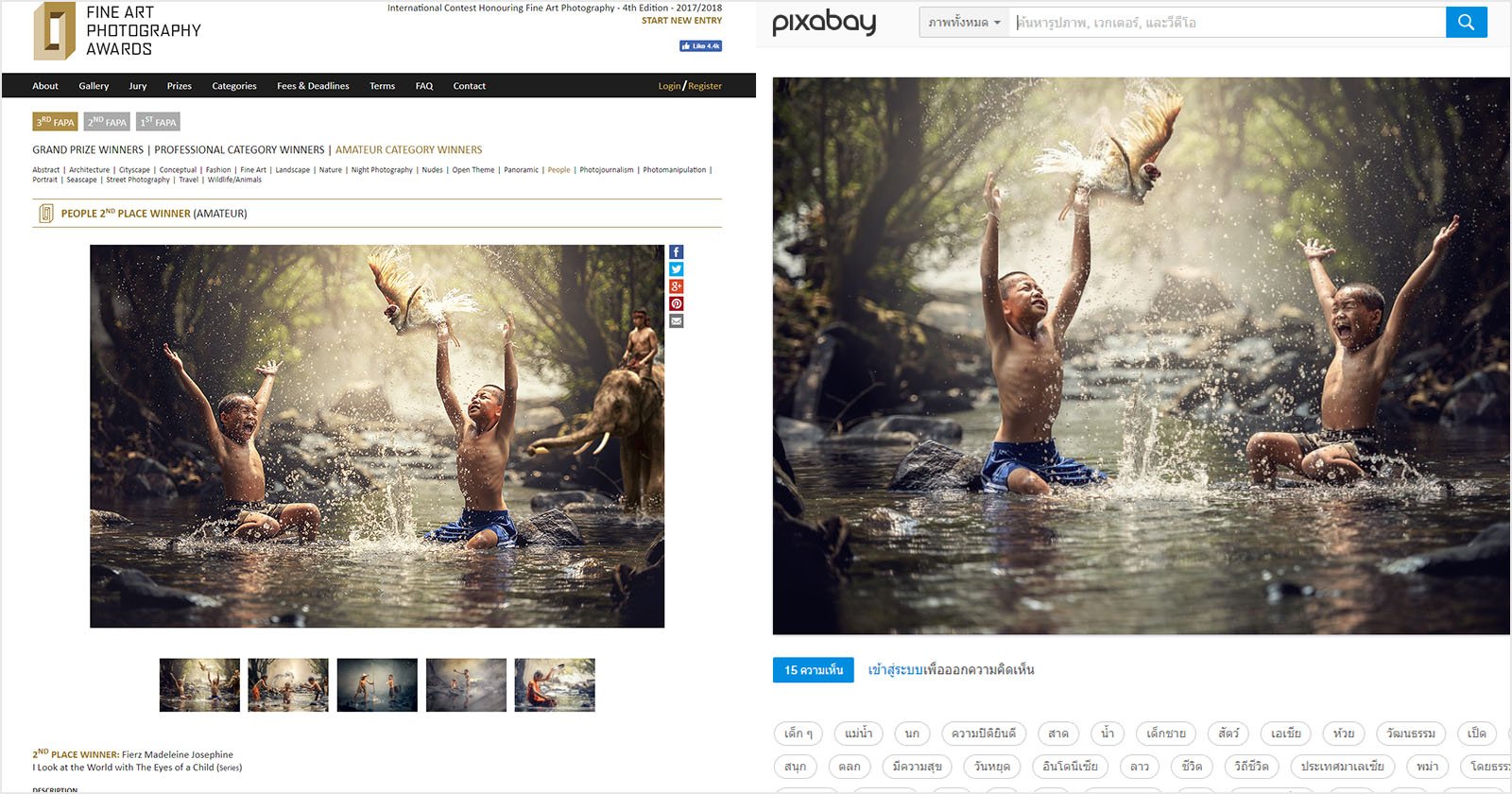
Woman Stripped of Prizes After Using Public Domain Photos to Win Contests
Woman Stripped of Prizes After Using Public Domain Photos to Win Contests
A Swiss photographer has been stripped of two awards after it was revealed that she had submitted a Thai photographer’s public domain photos as her own to
via PetaPixel: https://petapixel.com/2017/09/01/woman-stripped-prizes-using-public-domain-photos-win-contests/
A Swiss photographer has been stripped of two awards after it was revealed that she had submitted a Thai photographer’s public domain photos as her own to win the contests and earn $3,100.
-
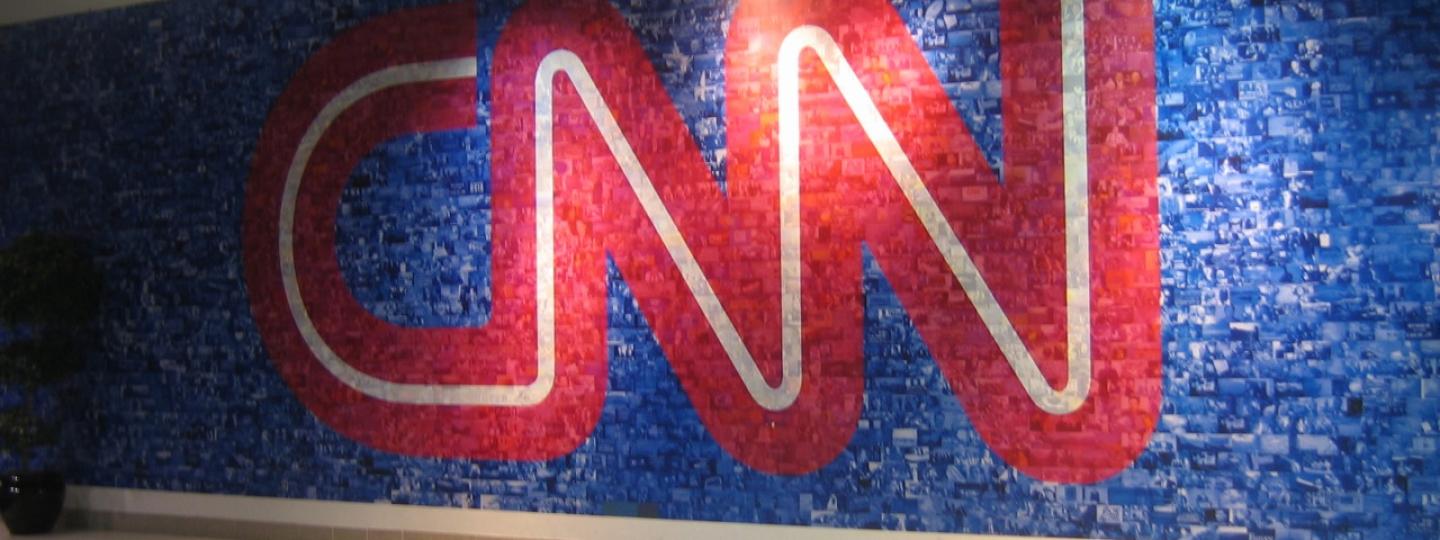
Dirty, big secrets: Why won’t CNN and Fox account for their mistakes? | Poynter
Dirty, big secrets: Why wont CNN and Fox account for their mistakes? – Poynter
From person-to-person coaching and intensive hands-on seminars to interactive online courses and media reporting, Poynter helps journalists sharpen skills and elevate storytelling throughout their careers.
via Poynter: https://www.poynter.org/ethics-trust/2017/dirty-big-secrets-why-wont-cnn-and-fox-account-for-their-mistakes/
If the rapid response to the Blair scandal is a gold standard of what news organizations should do when something goes awry, the silence by Fox News and CNN over what went wrong inside their organizations when they retracted politically sensitive stories in May and June is a major failure and corrosive to the industry’s credibility.
-
A Treatise On Landscape Photography’s Dark Side
a potentially disturbing trend has emerged and become quite popular, especially on social media – not only are landscape photographers using Photoshop to control contrast, white balance, saturation, and sharpening, they are also using it to: add in objects that were not in the photograph such as a person, meteors, the moon, a mountain, or the Milky Way core; add objects that are literally not even possible to be seen in the scene depicted such as galactic objects, the moon, and the Milky Way core; or, to grossly exaggerate the size of certain objects such as mountains, lakes, rivers, people, etc. On the surface, it seems that certain landscape photographers have become so desperate for a sliver of social media attention in a suddenly over-crowded field that they are incapable of restraint. Or, it’s just art, let it be. Which one?
-
On the Dangers of Poverty Tourism in Landscape Photography
My eyes are filled with tears, because of the smoke. The plastic-particles in the air are itching in my lungs. I am climbing this mountain with my two friends. The ground under my shoes feels funny. It softly cushions my steps, like fresh and loose soil, but I also tangle my feet every now and then. It is an awkward mass, this mountain of pressed trash. It consists of very different material and yet is an entity. A mountain of poison. Not only for the body, but also for the soul. And everywhere pigs! I think I have never seen so many pigs walking freely in the wild. Is that appropriate husbandry? I somehow start to understand, why some religions do resist to eat pork. If, by eating pigs, I eat what pigs ate, then abandoning might be a better choice.
-
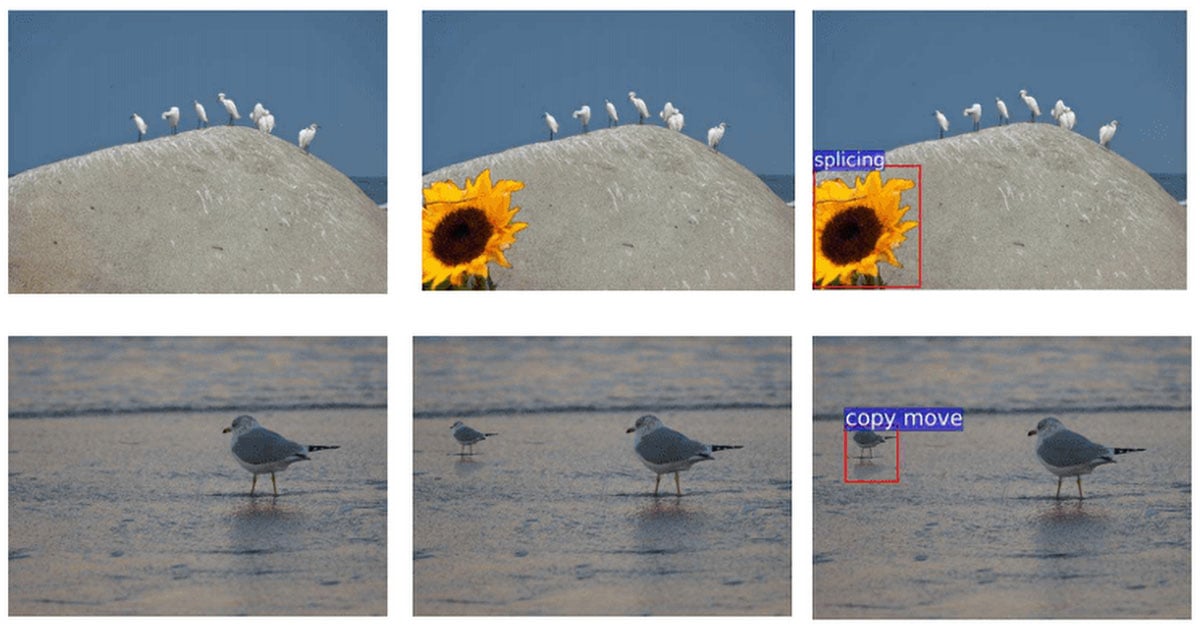
Adobe Using AI to Spot Photoshopped Photos
Adobe Using AI to Spot Photoshopped Photos
Adobe’s software has been widely used for many years now as a tool to create fake photos, but now the company is developing software for the other side:
via PetaPixel: https://petapixel.com/2018/06/23/adobe-using-ai-to-spot-photoshopped-photos/
Adobe’s software has been widely used for many years now as a tool to create fake photos, but now the company is developing software for the other side: it’s using AI to spot photo manipulations to aid in the war against fake photos.
-
Getty deletes gallery of World Cup’s ‘sexiest fans’ after criticism | Football | The Guardian
Getty deletes gallery of World Cup’s ‘sexiest fans’ after criticism
Campaign group and social media users decry ‘hottest fans’ gallaery as a sexist throwback to 1970s
via the Guardian: http://www.theguardian.com/football/2018/jun/26/getty-delete-gallery-of-world-cups-sexiest-fans-after-criticism
Picture agency Getty has come under fire from campaigners and social media users after publishing, then deleting, a gallery of what it deemed the “sexiest” fans at the World Cup.
-

Jeff Mermelstein is a F***ing Anthropologist
Jeff Mermelstein is a F***ing Anthropologist
Jeff Mermelstein’s photographic practice of making presumably private text conversations public by photographing people’s phones while they are texting
via PetaPixel: https://petapixel.com/2018/07/07/jeff-mermelstein-is-a-fing-anthropologist/
Jeff Mermelstein’s photographic practice of making presumably private text conversations public by photographing people’s phones while they are texting and then posting the results on Instagram has made a splash recently. Of course the highlight that ran in Business Insider was framed as a question in a PetaPixel article: is Mermelstein’s practice ethically sound?
-
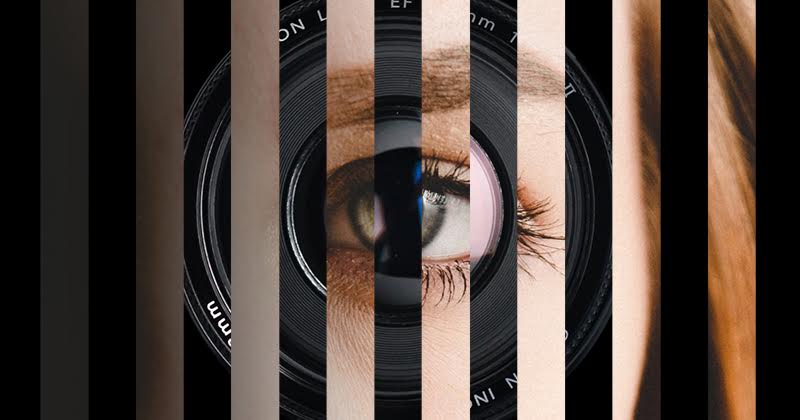
CJR Special Report: Photojournalism’s moment of reckoning – Columbia Journalism Review
CJR Special Report: Photojournalism’s moment of reckoning
When Vox revealed in late January that Patrick Witty left National Geographic, where he was deputy director of photography, after an investigation for sexual harassment, an issue that’s long been discussed in private was catapulted into the open: Photojournalism has a sexual harassment problem. In interviews with more than 50 people, in a CJR investigation […]
via Columbia Journalism Review: https://www.cjr.org/special_report/photojournalism-sexual-harassment.php/
In interviews with more than 50 people, in a CJR investigation spanning more than five months, photojournalists described behavior from editors and colleagues that ranged from assault to unwanted advances to comments on their appearance or bodies when they were trying to work. And now, as the #MeToo moment has prompted change across a range of industries—from Hollywood to broadcasting to the arts—photojournalists are calling for their own moment of reckoning.
-
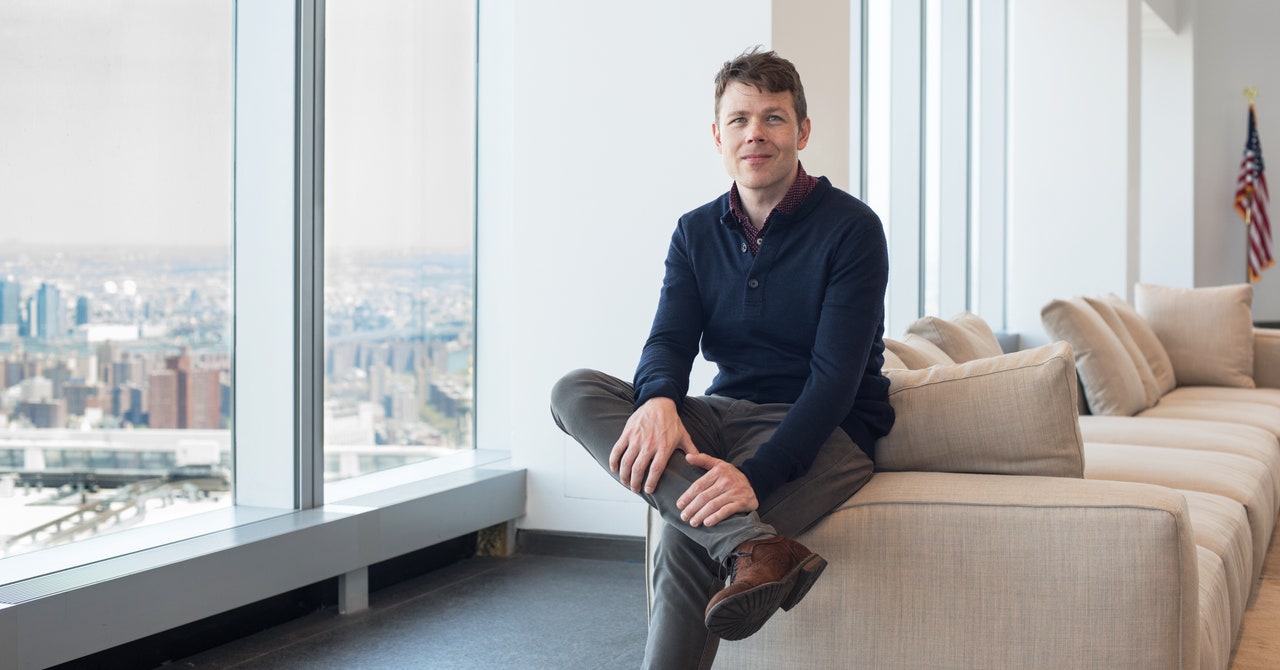
Meet Jonathan Albright, The Digital Sleuth Exposing Fake News | WIRED
Shadow Politics: Meet the Digital Sleuth Exposing Fake News
Buried in media scholar Jonathan Albright’s research was proof of a massive political misinformation campaign. Now he’s taking on the the world’s biggest platforms before it’s too late.
via WIRED: https://www.wired.com/story/shadow-politics-meet-the-digital-sleuth-exposing-fake-news/
Buried in media scholar Jonathan Albright’s research was proof of a massive political misinformation campaign. Now he’s taking on the the world’s biggest platforms before it’s too late.
-
CJR’s Sexual Harassment Report: It’s as Much about Photo-j Culture as the Predators | PDNPulse
The report on sexual harassment in photojournalism published last week in the Columbia Journalism Review shows that not much has changed in the year since PDN reported several women photographers’ accounts of sexual harassment in newsrooms and at industry events. It’s also been eight months since Bill Frakes lost his appeal in a sexual harassment case, seven months since Patrick Witty left National Geographic following an external investigation into allegations he had sexual harassed several women, five months since photographers Daniel Sircar and Justin Cook wrote an open letter calling on photo industry organizations to establish clear codes of conduct and ban anyone who makes industry events unsafe, and four months since we reported Prime Collective had dropped Christian Rodriguez following numerous allegations about his conduct towards women. A lot more people are talking openly about sexual harassment, some alleged predators have been dropped from their agencies or lost their jobs, but the CJR piece also shows that photojournalism has been resistant to the systemic changes it needs.
-
Eddie Adams Workshop Announces New Sexual Harassment Reporting Policy | PDNPulse
The organizers of the Eddie Adams Workshop (EAW) today announced they will work with anti-harassment experts and others to institute more safeguards against sexual harassment, create new procedures for handling reports of harassment, and do more to raise awareness about the EAW’s “zero-tolerance policy” for sexual misconduct. EAW’s announcement, posted today on the EAW website and emailed to EAW faculty and advisors, comes a week after Columbia Journalism Review reported that six past EAW attendees had witnessed or experienced “inappropriate behavior from photographers and editors participating in the workshop as instructors.”
-
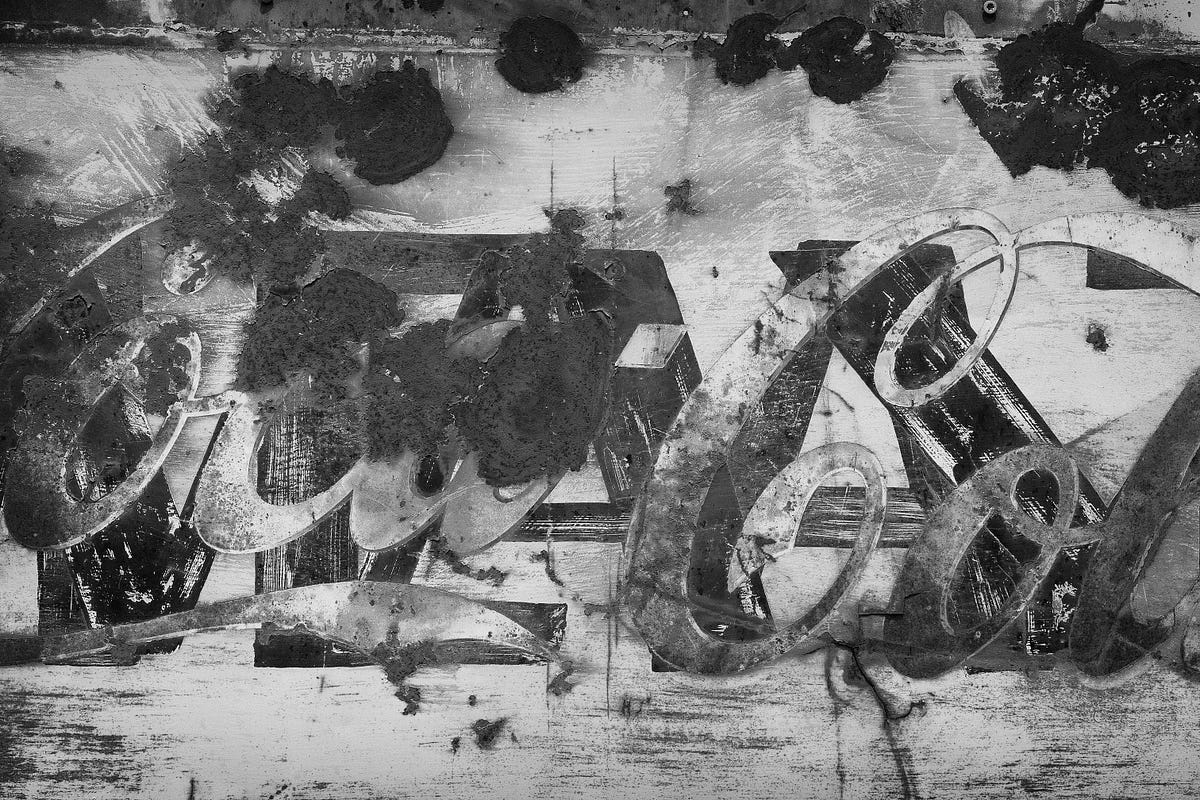
Birth of the Fake News Photo – Kenneth Jarecke – Medium
Birth of the Fake News Photo
Has photojournalism lost its moral compass, or does it even have one to lose?
via Medium: https://kennethjarecke.medium.com/birth-of-the-fake-news-photo-d98a6d5bea23
Has photojournalism lost its moral compass, or does it even have one to lose?
-
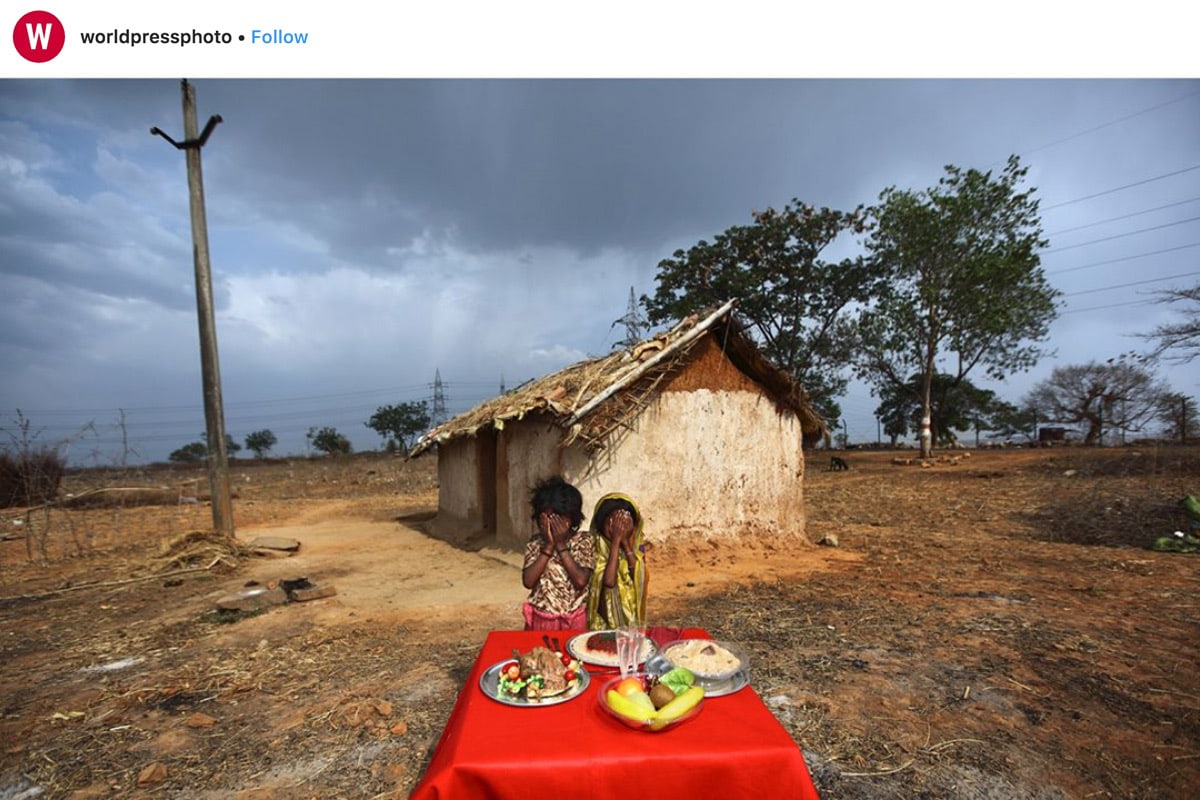
Alessio Mamo’s Photos are Abhorrent, And So Is World Press Photo’s Response – PhotoShelter Blog
Alessio Mamo’s Photos are Abhorrent, And So Is World Press Photo’s Response – PhotoShelter Blog
Last week Facebook founder and CEO Mark Zuckerberg made a somewhat startling statement regarding his company’s responsibility to tamper down on fake news, conspiracy theories and disinformation campaigns. “I’m Jewish, and there’s a set of people who deny that the Holocaust happened. I find that deeply offensive. But at the end of the day, I…
via PhotoShelter Blog: https://blog.photoshelter.com/2018/07/alessio-mamos-photos-are-abhorrent-and-so-is-world-press-photos-response/
On Sunday, WPP award-winner Alessio Mamo posted a conceptual portrait series entitled “Dreaming Food” with poverty-stricken children in India posed in front of plastic food.
-
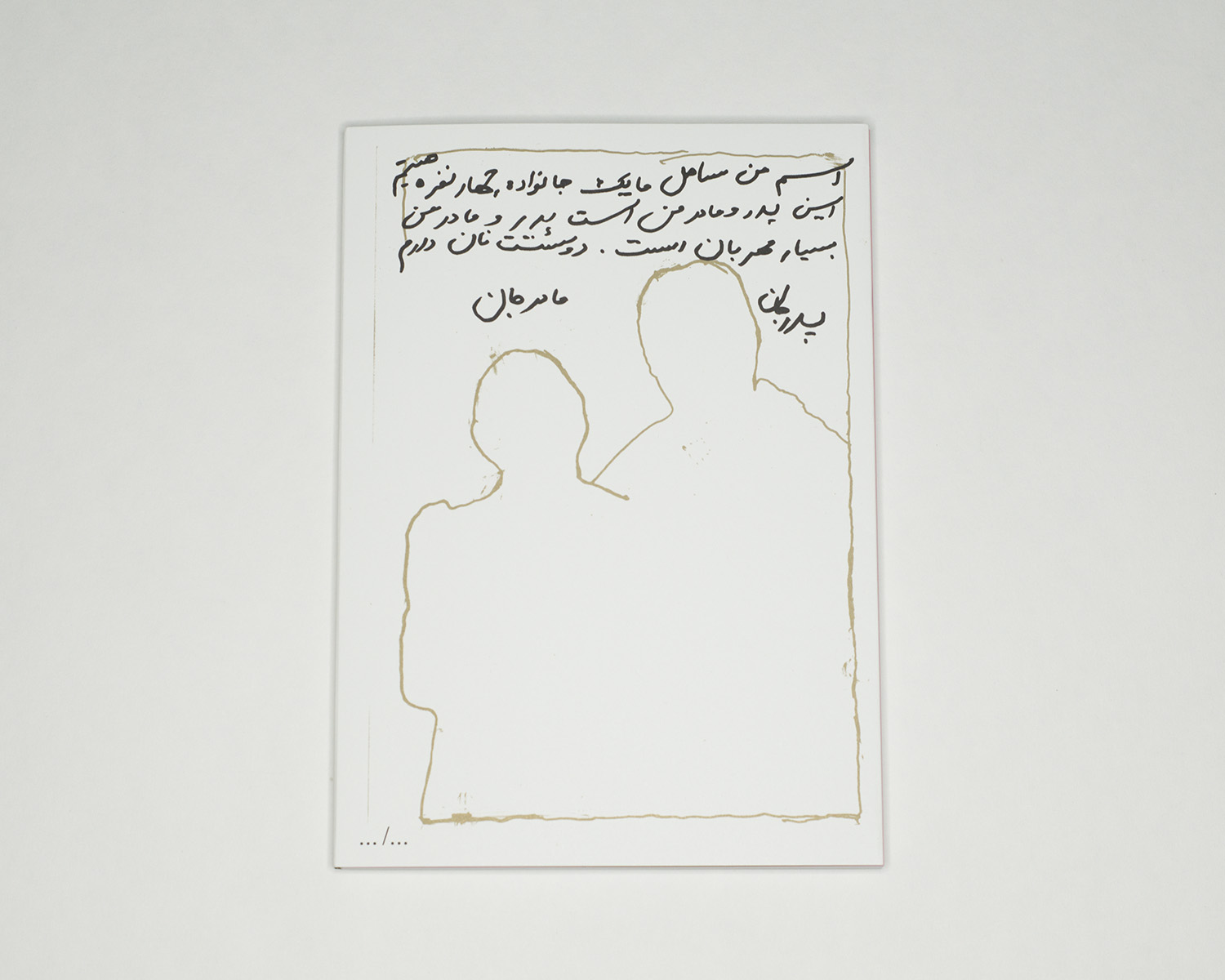
Making Pictures With Migrants | Conscientious Photography Magazine
Making Pictures With Migrants
via Conscientious Photography Magazine: https://cphmag.com/pictures-with-migrants/
In the world of photography, those portrayed are almost never given much (if any) agency, regardless however much is at stake for them. This basic fact constitutes a well-known problem that usually is ignored. Why, after all, should those in front of the camera be given a voice if the general idea of the photographer as genius artist/maker (or truth teller) is so predominant?
